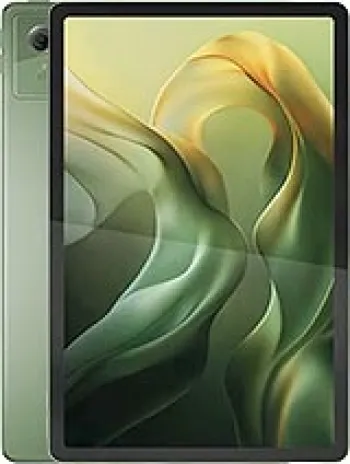
Introduction to Motorola V290
The Motorola V290, announced in the third quarter of 2003, is a notable entry in the history of early mobile phones. With the brand's reputation for sturdy and reliable communication devices, the V290 was built to meet the demands of a growing global mobile phone user base. Although it may seem underwhelming in today's technological era, at the time, devices like the V290 were at the forefront of mobile communication.
Design and Build
The V290 was designed with compactness and portability in mind. Its dimensions were 87 x 47 x 22 mm, equating to a volume of 77 cc, and it weighed 97 grams, making it easy to slip into pockets and bags, a critical feature for professionals on the go during the early 2000s. The device supported a Mini-SIM card, a standard for GSM phones at the time.
Display
The Motorola V290 featured a CSTN display capable of rendering 4096 colors, with a resolution of 128 x 128 pixels. While this may not compare to today's high-definition screens, it was quite sufficient for the simple graphics and user interface needs of the time.
Network and Connectivity
The phone operated on GSM technology, supporting 2G bands at GSM 900 and 1800 frequencies. It featured GPRS for basic data transmission, but did not support EDGE technology. In terms of additional connectivity, it lacked features like WLAN, Bluetooth, and USB, which was common for mobile phones during this period, emphasizing its role as a voice and SMS communication device.
Memory and Storage
The Motorola V290 was equipped with a capacity to store up to 500 contact entries within its phonebook, a significant feature allowing users to maintain an extensive list of contacts. However, the phone did not support expandable memory via card slots, which meant users had to manage their storage efficiently.
Sound and Alerts
Sound alerts were handled through downloadable polyphonic ringtones, a popular feature at the time, even though the device lacked a loudspeaker and a 3.5mm audio jack. This made the experience of personalization somewhat limited, but the ability to download different ringtones offered a certain degree of customization.
Communication Features
As a basic feature phone, the V290 was equipped to handle SMS and EMS messaging. The phone included a WAP 2.0/xHTML browser, relatively basic but capable enough for accessing lite mobile web content, in line with the internet capabilities of phones from this era.
Games and Entertainment
Entertainment options were limited but included classic mobile games such as Big2, BubbleTea, and PacificStorm. These leveled simple pleasures in gaming with minimalistic graphics but provided entertainment which was quite engaging given the limitations of the hardware.
Battery Life
The V290 drew power from a removable Li-Ion battery, a practical choice allowing users to replace batteries easily as needed. It offered a standby time of up to 220 hours and a talk time of up to 5 hours, which was competitive at the time, assuring users of decent longevity between charges.
Color Options
The phone was available in silver and blue hues, providing a choice for users who preferred a bit of aesthetic variety. These classic colors contributed to its appeal as a professional and practical mobile device.
Conclusion
Although the Motorola V290 may not impress in today's world of sophisticated smartphones, it represented an era where durability, battery life, and basic functionality were the primary concerns of mobile phone users. The V290 catered well to its era's needs, combining essential communication features with a robust design that marked Motorola's commitment to quality.
Key Features of Motorola V290
- Supports GSM Technology (GSM 900/1800 bands)
- Compact Design: Lightweight (97 g) and Portable Dimensions (87 x 47 x 22 mm)
- Color Display: CSTN screen supporting 4096 colors with 128 x 128 pixels resolution
- Phonebook Capacity: Stores up to 500 contacts
- Call Records: Keeps log of 20 dialed, 20 received, and 20 missed calls
- Alert Types: Supports Vibration and Downloadable Polyphonic Ringtones
- Messaging: Supports SMS and EMS
- Battery: Removable Li-Ion battery with up to 220 hours standby time and 5 hours talk time
- Available in Attractive Colors: Silver and Blue
- Includes Built-in Games: Big2, BubbleTea, and PacificStorm
- WAP 2.0/xHTML Browser for Internet Browsing
Disadvantages of Motorola V290
- Lacks EDGE connectivity, only supports GPRS.
- Discontinued status means lack of support and updates.
- Only supports Mini-SIM, which is less common today.
- Low-resolution display with CSTN technology and only 4096 colors.
- No expandable memory card slot.
- No camera available.
- No loudspeaker functionality.
- No 3.5mm headphone jack.
- No WLAN, Bluetooth, or GPS capabilities.
- Does not include a radio.
- No USB connectivity specified.
- Lacks sensor features.
- No Java support for additional applications.

View Also
More Phones
All Rights Reserved +14266 Phones © Mobilawy 2025

























